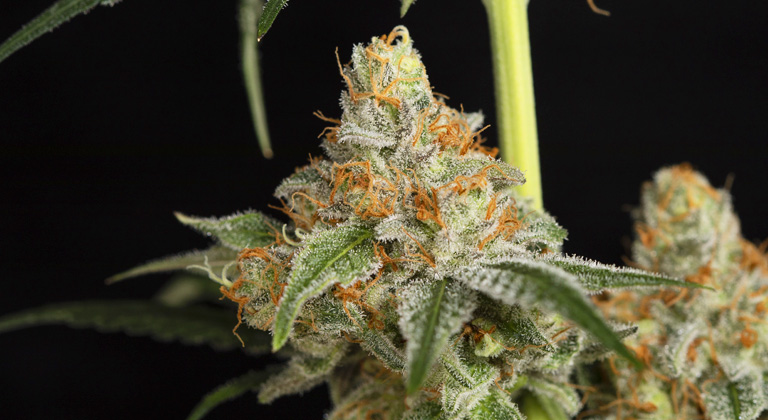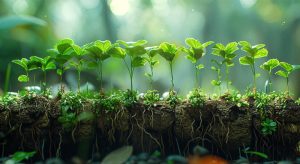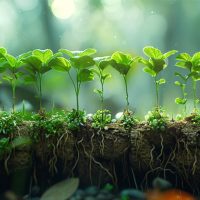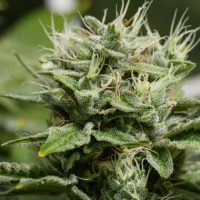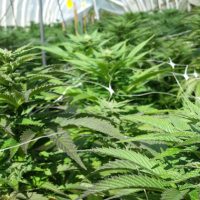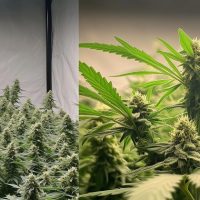The noble art of cannabis cultivation calls for knowledge and patience, as each stage in the plant’s life cycle requires different practices.
Below you’ll find a guide spanning the four essential periods of the life cycle of cannabis, specifying each step for each stage: germination, early life days, growth phase, and flowering.
First Stage: How to Germinate Cannabis Seeds (1-5 days)
Many underestimate it, but the germination of cannabis seeds is one of the most delicate points in the process. It’s important to purchase quality seeds from reputable seed banks to ensure a good germination ratio. To check the viability of the seeds, a simple flotation test in water can be done; those that sink in the glass will be viable.
There are many ways to germinate cannabis seeds, which, ultimately, conform to the grower’s preference:
- Germination in kitchen paper is a simple homemade method that’s gained popularity for its simplicity and effectiveness.
- The direct soil germination method avoids the stress of transplanting once the seed has surfaced as a seedling, but it’s not advised for novice growers as they won’t have as much control over humidity levels, which are crucial for germination.
Regardless of the chosen method, two essential factors should be taken into account for successful germination of cannabis seeds:
-
- The temperature should be in a range of 20-25 ºC.
- The humidity should stay between 70% and 90%.
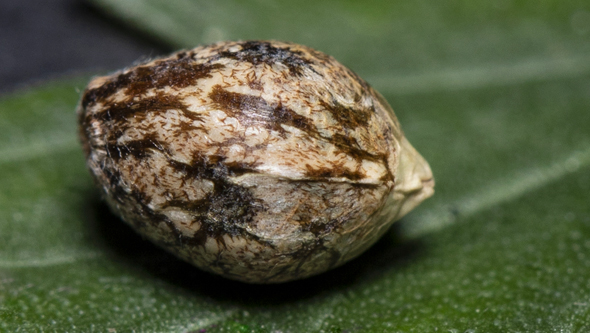
Second Stage: Cannabis Seedling, The Plant’s Early Life Days (1-2 weeks)
Once a cannabis seed germinates, the seedling that first emerges will display two cotyledons (the first pair of leaves without serrated borders). This stage is extremely delicate, hence the need for utmost care.
-
- Light: cannabis seedlings require at least 14 to 16 hours of light per day for indoor cultivation, ideally 18 hours. If the light source lacks the necessary intensity, or is too far away, the seedlings will “stretch” (develop an excessively long and thin stem in an attempt to find the light), which may lead to the seedling’s stem being unable to support itself, leading to it potentially bending towards the ground. It’s crucial to have the light source at an appropriate height and intensity to avoid any of these issues, without causing damage to the tender initial leaves by having it too close.
- The watering process is also critical. If overdone, it may drown the seedling and cause root rot. On the other hand, if not done enough, the seedling will dehydrate. Moderately but frequently watering the seedling is key at this stage.
- At this point, the cannabis seedling should be transplanted to its final pot, being careful not to damage the roots.
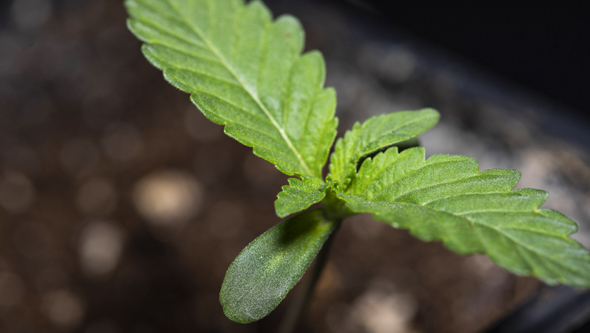
Third Stage: Vegetative Phase, The Cannabis Plant Grows and Develops Its Structure (2-8 weeks)
The cannabis growth phase is the stage where the plant grows and forms its structure, branches, and central trunk, which will later carry the weight of the aromatic buds.
During this phase, the cannabis plant requires a lot of daily light, between 16 to 20 hours, in addition to correct proportions of nitrogen, phosphorus, and potassium.
This period also provides an opportunity to apply pruning techniques and training such as topping, fimming, LST, etc. Depending on the strain and the grower’s skills, one technique may be chosen over another with the goal of having a plant with more significant lateral branching rather than vertical ones. This is particularly useful for indoor cultivations or limited spaces.
Prevention and control of potential pests, fungi, and common diseases that may attack cannabis is crucial during the growth phase. Regular checks on the crops are vital for identifying such problems early before they spread causing irreversible damage to the crop.
Maintaining cleanliness and keeping a keen eye on early signs of possible infestations can save you a lot of headaches and are key to a successful harvest.
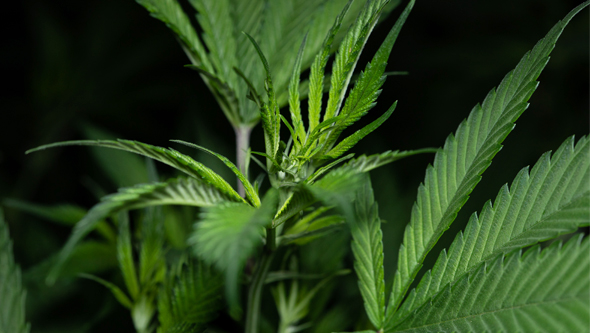
Fourth Phase: Cannabis Flowering, The Awaited Buds Emerge (5-12 weeks)
To transition photoperiod-dependent feminized strains from the growth phase to flowering, a change in the light cycle is required. The plants should be exposed to 12 hours of light and 12 hours of darkness. This doesn’t apply to autoflowering cannabis seeds, as these strains flower automatically after about 4 or 5 weeks regardless of the photoperiod.
In the event of growing regular cannabis seeds, at the start of the flowering phase, it’s necessary to identify male plants and separate them from the females to avoid unwanted pollination and ensure quality seedless buds.
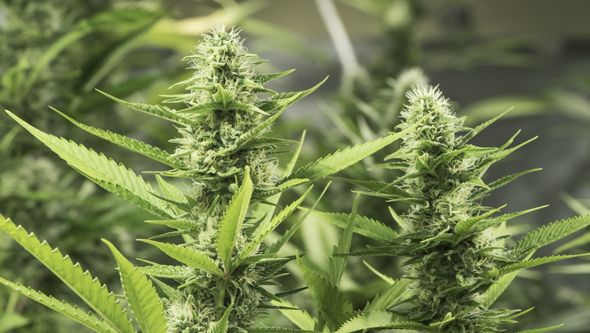
Fifth stage: Bud and Trichome Maturation (1-2 weeks)
In this period, the buds are quite formed and the plant focuses on finishing flower compaction, as well as maturing the valuable trichomes that contain cannabinoids, terpenes and other vital elements. It’s essential to control environmental humidity during this process since excess ambient humidity, coupled with the buds’ humidity, can ruin your crop prematurely. Excess humidity can generate undesired mold, spreading rapidly through all the flowers. If possible, it’s beneficial to lower environmental humidity to 35-40% to ensure this issue’s absence. Also, the cultivation should be continuously ventilated to prevent humidity pockets in the less ventilated corners.
The moment to harvest the cannabis buds has arrived
Each cannabis strain has its maturation times, which can differ by several days, even weeks. To find out if it’s time to harvest and the buds are at their optimal maturity, it’ll be necessary to observe their trichomes under a magnifying glass or microscope.
The harvest time will have come when the majority are a milky color and approximately a fourth are amber colored. Also, it should be noted that the pistils have darkened and turned a brownish-orange color.
Once harvested, all that is left is to dry the flowers and… enjoy the harvest!
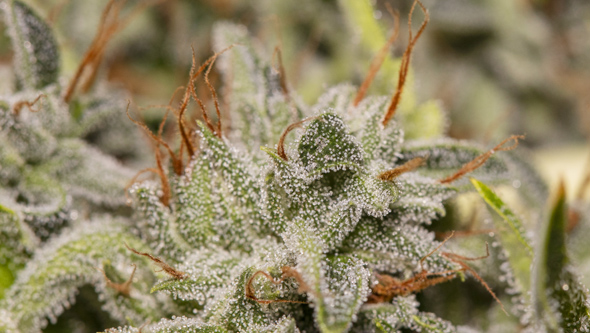
Important Factors Influencing the Cannabis Cycle
- In cannabis cultivation, pH values of soil and irrigation water play a very crucial role. The ideal pH values for cannabis plants tend to oscillate between 6.5 and 7.
- Ensuring that fertilizers are high quality and nutrition is adjusted to each life cycle stage of the plant is important.
- Keeping pests and fungi under control is essential for successful cultivation. When the need arises, it’s always recommended to use biological-origin pesticides since anything applied to the plant will end up in our bodies.
- Preventive tasks such as regular cultivation cleaning and plant checks will be crucial in preempting or addressing any threats.
- Adapting irrigation to each stage of the plant is fundamental. During the growing period, the substrate should be moist but avoid saturation; likewise, during the flowering period, it’s recommended to reduce the watering frequency, thus preventing excessive humidity that could promote the appearance of fungi and mold in the packed cannabis flowers.
- Maintaining optimal environmental conditions will enhance the development of cannabis plants and their yield. It’s important to adjust humidity, ventilation, and temperature levels as needed in each phase.
The noble art of cannabis home-growing can be a highly rewarding activity if the necessary knowledge for successful cultivation is possessed. By applying what you’ve learned in this article, combined with patience and care, cannabis plants will develop all their potential to offer juicy harvests full of cannabinoids and terpenes.
Do you have any queries after reading? Would you like to share your opinion with the community? Leave your comment and we’ll get back to you as soon as possible!
La Huerta Grow Shop
